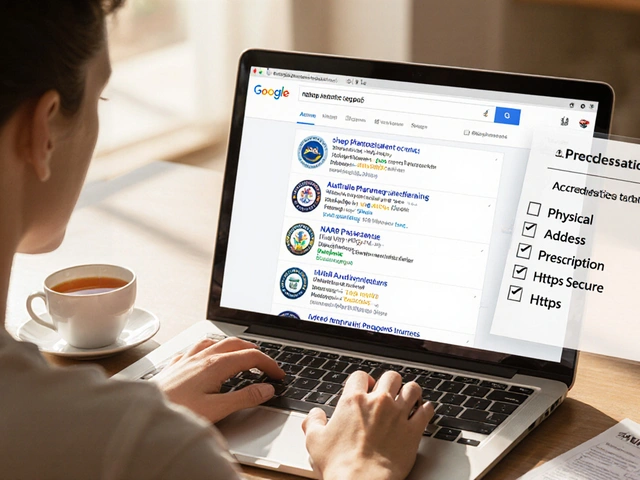Asthma treatment: what works, what to try, and simple ways to feel better
Woken up by wheeze or tight chest? Asthma treatment is about stopping attacks fast and preventing them from coming back. You don’t need jargon—just clear choices and a plan that fits your life. Below I break down the common medicines, non-drug steps that actually help, when to get urgent care, and a few ways to save on prescriptions.
Quick-relief vs preventer medicines
Quick-relief (rescue) inhalers stop an attack within minutes. These are short-acting bronchodilators—brands you’ve probably heard of include Ventolin, ProAir, and Xopenex. Keep one handy and use it when you feel tight or wheezy. If you use rescue inhalers more than twice a week, talk to your doctor—your controller treatment likely needs adjustment.
Preventers reduce inflammation and cut the number of attacks. These are usually inhaled corticosteroids (like budesonide or fluticasone) and often come combined with a long-acting bronchodilator (LABA) such as formoterol or salmeterol. For severe or allergic asthma there are newer biologic injections (omalizumab, mepolizumab) that some patients find life-changing. Your doctor will match the option to how often and how bad your symptoms are.
Practical steps: technique, triggers, and saving on meds
How you use your inhaler matters. Hold it right, breathe in slowly, and use a spacer if you can—the spacer makes delivery better and lowers throat irritation. Ask a pharmacist or nurse to watch your technique; small fixes often cut symptoms a lot.
Find and avoid triggers: smoke, strong smells, pets, dust mites, and pollen are common culprits. Simple fixes—like bedding covers, HEPA filters, and quitting smoking—cut attacks more than you’d think. Keep up with vaccines (flu, COVID when recommended) to avoid infections that make asthma worse.
Save on meds: ask for generics (salbutamol instead of name brands), compare prices, and check for pharmacy discounts. Our site lists Mexican pharmacy prices so you can compare costs and find reliable suppliers. If costs are a barrier, talk to your doctor about samples, lower-dose combos, or patient assistance programs.
When to see urgent care: if you can’t speak full sentences, your lips or face turn blue, or rescue inhaler doesn’t help after several puffs, get emergency help now. Mild flare-ups are common, but severe attacks need fast treatment.
Finally, make an asthma action plan with your clinician. A short written plan that says which meds to take daily, what to do when symptoms rise, and when to call for help keeps things simple and cuts panic. Small changes—better inhaler technique, trigger control, and the right controller—often make the biggest difference.






